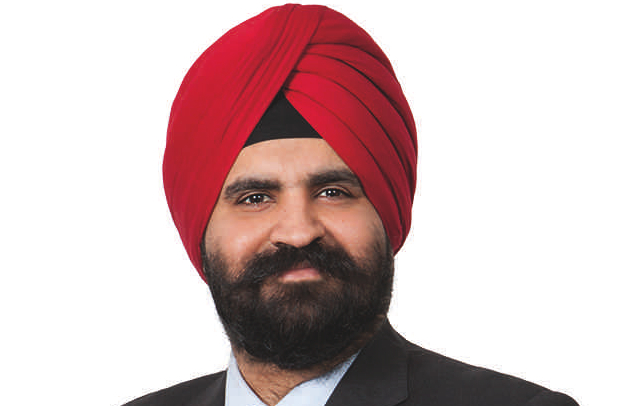UK’s Weaker Growth Presents Challenges For Policy Makers
| For Gabriela Huerta | 0 Comentarios
According to Azad Zangana, Senior European Economist & Strategistat Schroders, the fact that the UK economy slowed more than expected, presents challenges for policy makers.
The preliminary estimate of UK GDP for the third quarter showed economic growth slowing to 0.5% quarter-on-quarter compared to 0.7% in the previous quarter. Consensus expectations were for a small slowdown to 0.6%, “but the latest figures disappointed as the manufacturing sector struggles with a strong pound and subdued external environment,” says Zangana.
Adding that, within the details of the GDP report, the recession in the manufacturing sector continues with activity contracting by 0.3%. The wider measure of industrial production did however grow by 0.3% thanks to a pick-up in mining and quarrying activity. The services sector grew by 0.7%, as strong retail sales maintained solid growth in distribution, hotels and restaurants. Business services also posted strong growth of 1%. Finally, the construction sector contracted by 2.2%, taking the level of activity back to levels not seen since the second quarter of 2014.
The economist considers that “the slowdown in UK growth is by no means a disaster, but it will put pressure on the Bank of England to delay the first rate hike, especially as inflation remains in negative territory”. With this in mind, Schroders continues to forecast no change in interest rates until May 2016. “The slowdown in growth presents an even bigger challenge for the Chancellor as he prepares to find a way to implement substantial fiscal tightening over the course of the next few years. Moreover, the success of the introduction of the new living wage hinges on the strength of the economy to absorb the increase in labour costs. If the economy slows further, the government’s policy may cause unemployment to rise once again, making cuts to tax credits even more painful”, Zangana concludes.










